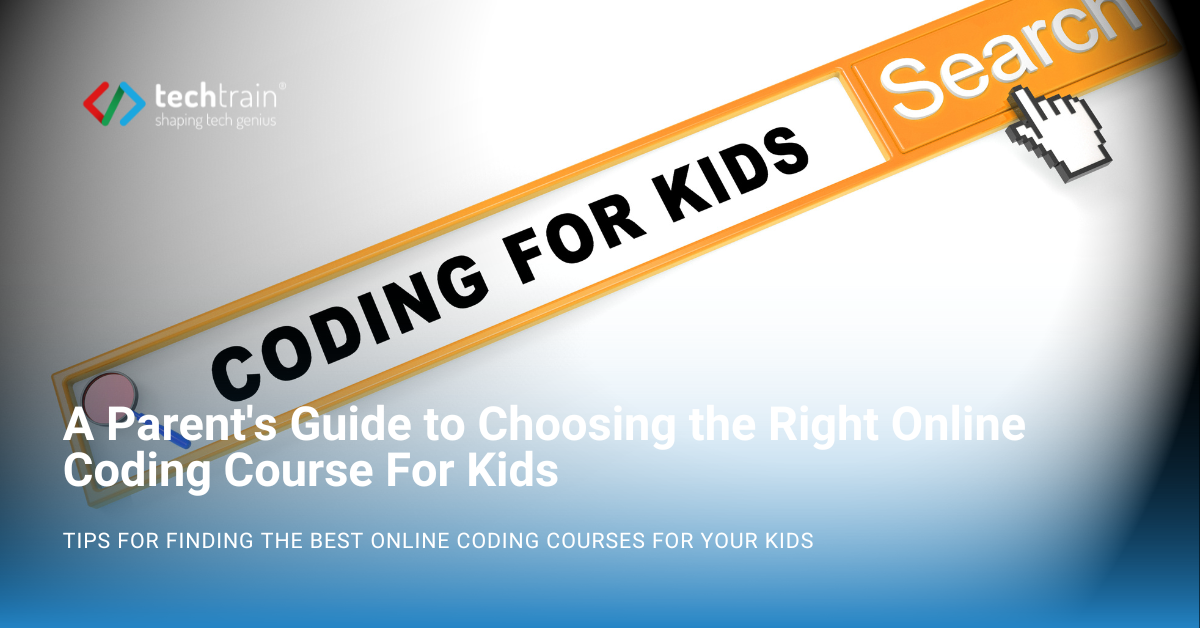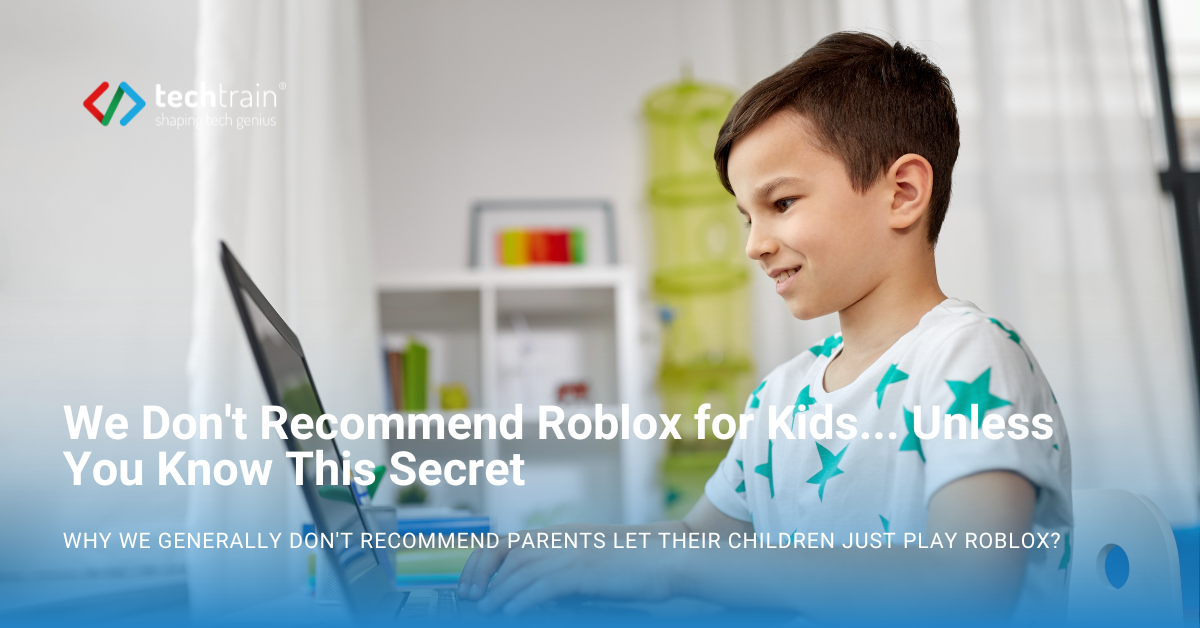Have you ever wondered about the magic that breathes life into your favorite video games? What makes a character jump, an enemy attack, or a hidden treasure chest reveal its bounty? The answer lies in the fascinating world of what is game programming, the invisible architecture that powers our most beloved interactive experiences. But this realm of creation isn't just for seasoned professionals in sprawling studios anymore. The doors to game development are wide open, inviting even the youngest minds to become creators.
This guide will demystify the core of game programming and offer a roadmap for an exciting adventure into game dev for kids.
What is game programming?
At its core, game programming is the intricate process of writing the instructions, the code that dictates every action, reaction, and interaction within a video game. Think of a game programmer as a director, but instead of guiding actors, they are meticulously instructing the computer on how to bring a virtual world to life. This code governs everything from the fundamental physics of how a character moves and the vibrant graphics that paint the screen to the responsive controls at a player's fingertips.

The multifaceted role of a game programmer
The life of a game programmer is more than just lines of code. It's a deeply collaborative and creative endeavor. While their primary role as a game programmer is to translate the game's design into a playable reality, their responsibilities are diverse and often specialized.
Within a game development team, you'll find various programming roles:
- Gameplay Programmers: These are the architects of the player's experience. They focus on implementing the game's rules, character abilities, and the core mechanics that make a game fun and engaging.
- Graphics Programmers: These specialists work on the visual elements of the game. They write the code that renders stunning 2D and 3D graphics, special effects, and lighting to create immersive worlds.
- AI Programmers: The creators of intelligent, non-player characters (NPCs). They design the logic that allows computer-controlled allies and enemies to make decisions and interact with the player in a believable way.
- Engine Programmers: These programmers build and maintain the foundational software, the game engine, upon which the entire game is built.
These programmers work in tandem with artists who create the visuals, designers who craft the gameplay concepts, and audio engineers who compose the soundscapes. This collaborative synergy is what transforms a simple idea into a polished and captivating game.
The essential tools: Programming languages and game engines
To build these intricate virtual worlds, game programmers rely on a powerful toolkit of programming languages and game engines.
- Programming Languages: These are the languages programmers use to communicate with computers. Some of the most popular in the gaming industry include:
- C++: Known for its power and performance, C++ is the industry standard for creating large, graphically intensive AAA titles.
- C#: Often considered more beginner-friendly than C++, C# is the primary language used with the popular Unity game engine.
- JavaScript: A versatile language that is often used for creating web-based and mobile games.
- Game Engines: A game engine is a software framework that provides a suite of tools and functionalities to streamline the game development process. Instead of building everything from scratch, programmers can leverage a game engine's built-in features for rendering graphics, simulating physics, and managing audio. Popular game engines like Unity and Unreal Engine have democratized game development, making it more accessible to everyone.
The exciting world of game dev for kids
The same principles that power blockbuster games can be harnessed by young, aspiring creators. Game dev for kids is not just about keeping them entertained; it's about empowering them with a unique set of skills that will serve them well into the future.
Encouraging a child to learn game development is like handing them a key to unlock a world of creativity and critical thinking. The benefits extend far beyond the screen:
- Unleashing problem-solving and critical thinking: At its heart, game development is about solving puzzles. Kids learn to break down complex ideas into smaller, manageable steps, a skill that is invaluable in all aspects of life.
- Fueling creativity and storytelling: Every game starts with an idea. Children can bring their own stories, characters, and worlds to life, fostering their imagination and narrative skills.
- Developing logical reasoning: Coding teaches a fundamental understanding of cause and effect. Kids learn that every action has a consequence, a foundational concept in both programming and logical thought.
- Building future-ready skills: In an increasingly digital world, an early introduction to computer science is a significant advantage. Game development provides a fun and engaging on-ramp to the principles of coding and computational thinking.
Getting started: Age-appropriate tools for young creators
The journey into game dev for kids should be an exciting and accessible one. Fortunately, there is a wide array of tools designed specifically for different age groups and skill levels.

For the youngest gamers (ages 6-10): The magic of visual block coding
For younger children, visual block coding platforms are the perfect starting point. These tools use a drag-and-drop interface, allowing kids to connect colorful blocks of code to create programs without having to worry about complex syntax.
- Scratch: Developed by MIT, Scratch is a free platform that is widely regarded as the gold standard for introducing kids to coding. Its intuitive interface and vibrant online community make it an excellent tool for creating simple games, animations, and interactive stories.
- Tynker: This platform takes a gamified approach to learning, with structured lessons and fun challenges that guide kids through the fundamentals of coding.
Learn game programming for kids ages 6-10 with TechTrain's programs for FREE >> Click to claim!
For the adventurous tweens (ages 9-15+): Bridging the gap to real-world coding
As kids grow more confident, they can transition to platforms that offer a gentle introduction to text-based coding.
- Roblox Studio: This is an incredibly popular choice, as it allows kids to create their own games within the beloved Roblox universe. While it offers a visual editor, it also introduces them to scripting with the Lua programming language.
- GameMaker Studio 2: A powerful 2D game engine that offers both a visual, drag-and-drop system and its own scripting language (GML). This provides a great pathway for kids to gradually move from visual to text-based programming.
- GDevelop: An open-source, free game engine that is particularly beginner-friendly. It uses an intuitive event-based system where logic is built using conditions and actions, which is ideal for those new to programming concepts. For those ready to take the next step, GDevelop allows for the seamless integration of JavaScript, enabling a smooth transition from visual logic building to text-based coding within the same project.
- Godot: A free and open-source game engine that is gaining popularity. It's a powerful and flexible tool that offers a great alternative to Unity.
- Unity with C#: Unity is a professional-grade game engine that is surprisingly accessible to beginners. Its vast library of tutorials and supportive online community make it a fantastic platform for learning C# and creating both 2D and 3D games.
Learn game programming for kids ages 9-15 with TechTrain's programs for FREE >> Click to claim!
Conclusion
The world of what is game programming is a dynamic and rewarding field that blends creativity with technical skill. And now, more than ever, the tools and resources are available for everyone to participate. For kids, game dev is more than just a hobby; it's a playground for the mind, a space where they can become the creators of their own interactive worlds.
So, the next time your child is captivated by a video game, remind them that they too can be the magician behind the screen. Encourage their curiosity, provide them with the right tools, and watch as they embark on an exciting journey of creation, problem-solving, and endless fun.
.avif)

.avif)


.avif)












.avif)
.avif)

.avif)
.avif)
.avif)
.avif)



.png)
